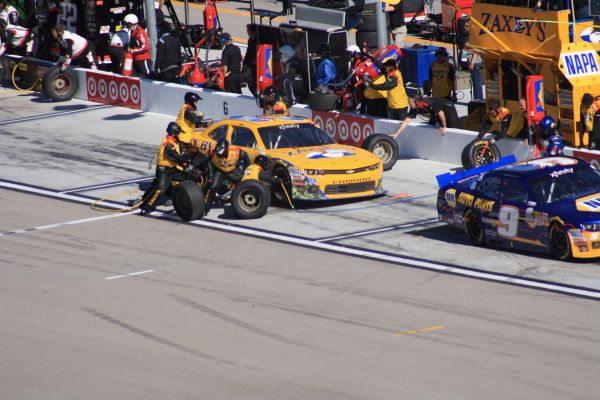Racing Queensland is pleased to announce that the current Q Racing structure in the metropolitan area will be replaced with a new structure that uses “Band” assessments, following consultation with the Albion Park Harness Racing Club.
Band assessments can be used by Racing Queensland to take advantage of Band Handicapping. This feature is made available through the National Harness Racing Handicapping System. It avoids RB Raci much of the manual work and pitfalls that are associated with Q Racing.
Q Racing
Once loaded into HaRVey, the Band assessments will be displayed on HarnessWeb. Race fields and form guides will also display. This information will assist licensees as well as the public in understanding and following local assessments through this easier-to-follow method.
Each horse that wins a local Metropolitan (Band Penalty), race for a value between $11,000 and $14,999 will be promoted to the next Band. The Band assessment of horses who drop out after ten (10) unsuccessful performances will be reduced.
A Band assessment will be given to new horses arriving in Queensland. It is equivalent to the Metropolitan assessment. For example, M1 = Band 5, Band 2, Band 4, and so forth.
The Band system will be implemented at short notice. Race programs printed in January PACE Magazine won’t be available. However, owners and trainers are encouraged refer to the Meeting Calendar on Australian Harness Racing website for complete program details. The Acceptance Offices of the Albion Park Harness Racing Clubs will also have printed copies of the programs.
The Saturday programs for January 2016 and February 2016 will be completely rewritten with new code race numbers. Minor changes will also be made to any races that were programmed in a “Conditioned Pace” midweek.
Each racehorse is unique in its abilities. Some horses excel at sprinting while others excel at running marathons, just like humans. It can make the difference between winning the Kentucky Derby’s $1.3million winner’s cheque and falling behind in the last furlough. Knowing which one is which and how to them can help you decide which one is best. To plan their races, jockeys and trainers have relied on centuries worth of experience, previous races’ data, and intuition.
Amandine Aftalion is a mathematician from the School for Advanced Studies in the Social Sciences in Paris. She has been studying the performances of world-champion runners, such as Usain Bolt, since 2013. Short-distance runners win when they start strong, then slowly slow down towards the finish. Medium-distance races like the 1600-meter are better when runners start strong, slow down and finish with speed.
Her model shows how winning strategies maximize energy output of muscles that rely on two pathways: anaerobic and aerobic, which require oxygen which may be limited during races, and anaerobic, which don’t require oxygen but can build up waste products which can lead to fatigue.
Aftalion wondered what strategy would work best for horses. Quentin Mercier, an EHESS mathematician, and Aftalion used a new GPS tracking device embedded in French racing saddles to help them decide which strategy was best for their horses. Fans could see digital images of horses moving across a screen and the trackers gave Mercier and Aftalion real-time speed data and position data.


